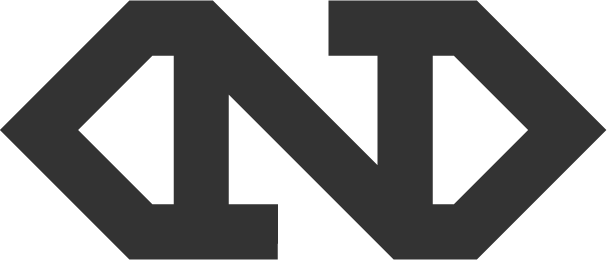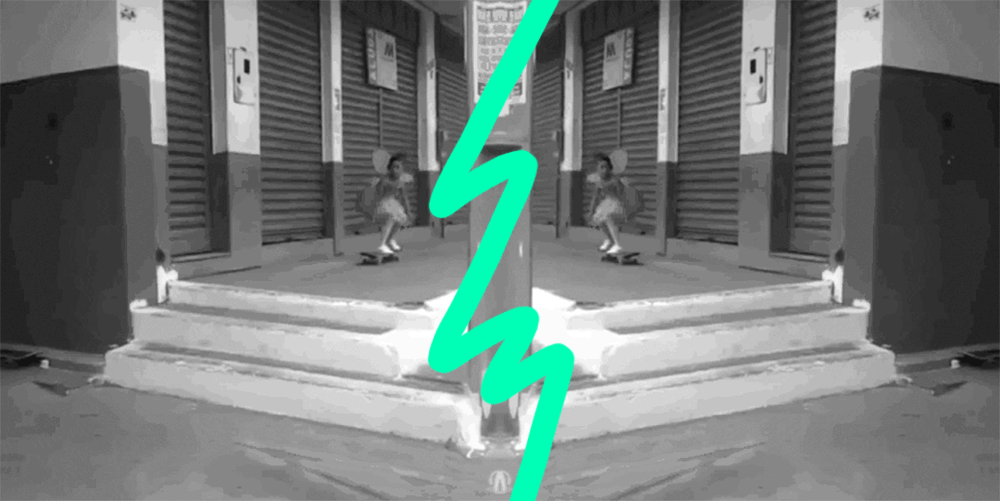WOMEN’S PARTICIPATION IS UP. FEMALE BYLINES ARE STILL DOWN.
Outdoor & Action Sport participants are more diverse than ever—but the creative engines that drive the industry are still dominated by men.
This year, Nike released its first-ever female-specific skateboard shoe. The World Surf League now pays out equal prize money to men and women. Burton Snowboards just amended their athlete contracts to support and protect their female riders during pregnancy.
We are in a unique time when women athletes are starting to get the platform and pay to help them raise their profiles and make their high-octane passions their lifelong professions.
But what about the photographers and filmers capturing these women? The writers penning scripts and feature profiles? The storytellers and creators helping ignite that butane torch of inspiration that gets the whole community out there running, riding, cragging and otherwise crushing it?
According to the Outdoor Foundation’s 2017 Outdoor Recreation Participation report, women make up 46 percent (AKA nearly half) of all outdoor participants. And yet in a 2019 issue of Outside Magazine, only 7 out of 50 contributing writers and photographers were women. The case is much worse in action sports like skateboarding. A study in Great Britain showed an estimated 74,000 British women skateboarded in 2017—an annual participation rate that’s continually and exponentially growing. But the 2019 masthead of the sport’s largest and most influential magazine, Thrasher, shows only 1 woman contributing to the publication’s creative.
The data on the media seem to indicate a larger problem in the industry. It’s often easier for brands and media outlets to change who they sponsor or who they feature than it is to hire a new female designer or staff up with a fresh thinker or voice. Off the playing field, behind the lens and at the creative table, women are still seen as a risky investment. If you only have the budget to hire one person, better be safe and make it a man … right?
Among its many flaws, this mindset promotes an authenticity problem. We naturally create for ourselves and people like us, so there’s a natural disconnect when all-male creative teams try to tell stories about women.
A glaring example of this is Pinarello’s 2017 launch campaign for their electric road bike, the Nytro—celebrated through the narrative of Emma, 24, a “couple rider.” Pinarello’s Instagram ad showcased a young woman’s face and a caption that read, “I’ve always wanted to go cycling with my boyfriend but it seemed impossible. Soon everything will become possible.” This ad seemingly invoking that old chestnut that women are the “weaker sex” was met with strong blowback from cyclists everywhere (which trended under the hashtag #PinarellNO). Pinarello pulled the post and issued an apology.
If it is finally time to shake things up and level the playing field for the long term, if outdoor and action sports really are ready to empower female athletes and grow the female side of the business, then it’s also time to invite women to the creative table in marketing and in the media.
Why we need more women creatives
To create stories about female athletes that reflect the real experience versus the stereotype—which builds stronger, longer-lasting connections with female consumers.
Good brands tell stories that share the values of their community. Authenticity creates deeper connections—it’s marketing 101.
Take Patagonia. In the last decade, the outdoor apparel brand has spent millions of dollars on environmental initiatives, including notable instances like suing President Trump over the protected status of Utah’s Bears Ears National Monument. As Patagonia continues to double down on their activist mission—a mission that matters deeply to the brand’s diehard outdoor customers—their profits and business opportunities continue to grow.
To make more female role models, which creates a more inclusive environment and helps grow the sports.
There’s so much more room for growth when brands stop alienating 50% of the population. By welcoming women and all the richness and diversity of the female demographic, brands will begin to open up business opportunities in places they haven’t even thought to look. REI’s 2017 Force of Nature campaign helped them score a banner year, earning a record $2.62 billion in sales and adding 1 million new members to the co-op.
The potential for female role models goes beyond just pro athletes, too. We can and should show young girls how they too can find fulfilling careers behind the scenes working in the industries that support the sports they love.
To shape an industry and media that’s as diverse as the community they serve.
As a lifelong skater, I used to go to the park and be the only girl. That rarely happens anymore. A lot of women and girls are getting out and getting after it. I love this. But then I look at the bylines on every major skateboard magazine—and read the credits of every major skate brand’s latest video drop—and wonder why all the names I see belong to men.
The perspectives are limited and don’t reflect my experience and those of other women. Content is more dynamic and inclusive when created by a multitude of identities. The voices in media and advertising shape the beliefs we hold. We need women and those with diverse identities on the team to shape the way we are talked about in the industry and move our sports forward.
How to diversify your team
Hire for skills over experience.
When hiring candidates, is it really important that they have bylines from 5 national publications? We often get bogged down in the experiences and credits people already have rather than looking at their body of work on its own to see if their voice and visual style meet our needs. When we create restrictions based on experience, we eliminate talented candidates who may have the skills we need (a great writing voice, an eye for photography) but may not have the connections to have been published, or the economic privilege that allows for an unpaid internship.
Open your mind when hiring creatives. Ask questions that challenge hiring norms. Do you really need someone with a BA in Filmmaking? Why? This shift will allow for a more diverse pool of talent.
Write inclusive job descriptions.
Cut the jargon. Studies show that complicated insider words and corporate speak create a significant barrier to talented young people applying for jobs. Keep pronouns gender neutral (i.e. “they” or “you”). Also, if diversity is part of your company values, then come out and say it—right there in the job description. This lets people with different voices and visions know that they will be welcome.
Diversify your finalist pool.
Set finalist pool requirements that give female candidates a fighting chance. This could look like requiring the top-three finalists to include at least one woman. You don’t have to hire her—but as a company you are forced to expand your search for talent into more places to meet that requirement. The brands who are doing the work to find and nurture fresh female creative talent are doing it right.
A version of this article is also posted on SNEWS
-
Written by Jennifer Sherowski, Associate Creative Director at Nemo Design

